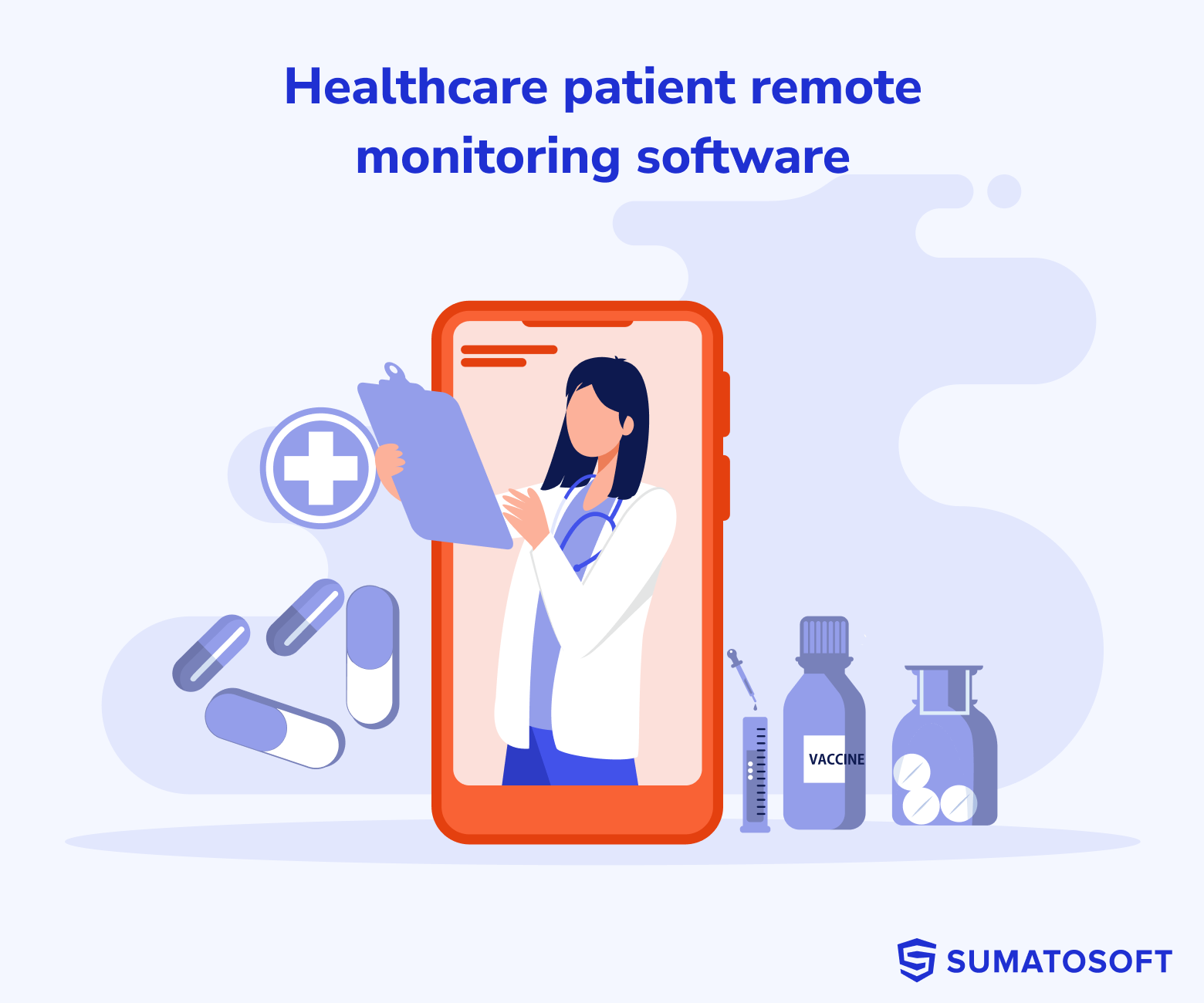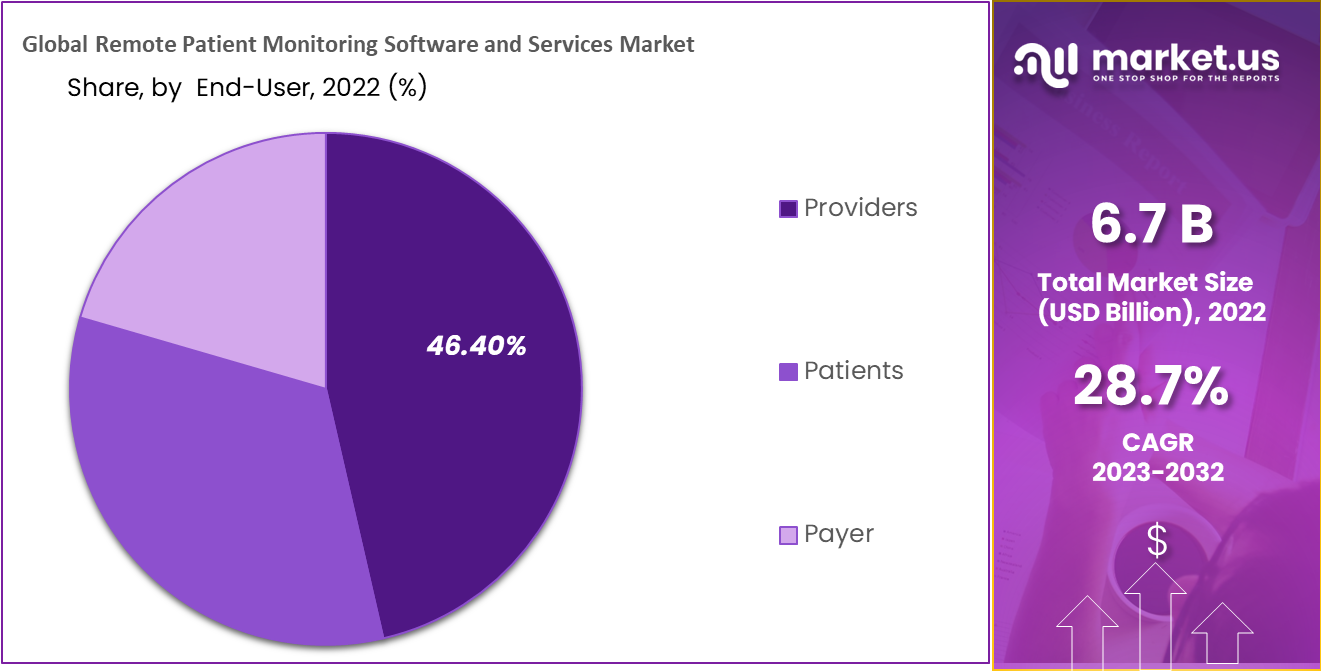The Future of Health Care: Remote Person Keeping Track Of Simplified
As healthcare continues to evolve, one location that holds tremendous guarantee is remote client monitoring. With an emphasis on boosting patient outcomes and streamlining health care distribution, remote tracking is poised to change the sector.
Benefits of Remote Client Tracking
Remote individual monitoring offers a multitude of advantages for both medical care service providers and clients alike. Furthermore, remote patient surveillance boosts the total top quality of care by supplying a more extensive and alternative view of people' health status beyond standard in-person check outs.
Moreover, remote person tracking can lead to better client outcomes and complete satisfaction. Remote monitoring can lower the demand for regular healthcare facility visits, decreasing health care costs for both service providers and individuals.
Innovation Driving Remote Monitoring
In the realm of modern-day healthcare, technological developments play a pivotal function in driving the development and performance of remote person tracking. The assimilation of cutting-edge innovations such as wearable tools, mobile applications, and cloud-based platforms has actually revolutionized the means doctor from another location keep track of and manage client wellness - remote patient monitoring platform. These technologies allow constant real-time tracking of vital signs, medication adherence, and other essential health and wellness data, permitting prompt interventions and personalized care strategies
One secret innovation driving remote surveillance is the Internet of Points (IoT), which makes it possible for smooth connectivity between clinical gadgets and medical care systems. IoT tools such as smartwatches and wireless sensors transfer and collect patient data to central systems, helping with remote tracking from throughout the globe. Synthetic intelligence (AI) and artificial intelligence algorithms even more boost remote monitoring by assessing substantial amounts of patient data to find patterns, anticipate health patterns, and alert doctor to prospective issues.
Effect on Healthcare Delivery
With the integration of advanced technologies driving remote patient monitoring, the influence on health care delivery is becoming transformative and progressively profound. Remote patient surveillance enables health care providers to use even more customized and positive like individuals, bring about boosted wellness results and lowered healthcare facility admissions. By remotely tracking important signs, signs and symptoms, and medication adherence, medical care experts can intervene early, preventing issues and boosting the total quality of care.
Moreover, remote monitoring enhances accessibility to health care solutions, especially for people in country or underserved locations. People can obtain continual tracking and assistance from their homes, getting rid of the requirement for frequent in-person brows through. This not just conserves time and minimizes expenses for both individuals and healthcare centers but also lessens the threat of exposure to contagious conditions, a vital factor to consider in the current healthcare landscape.
In addition, remote person monitoring allows healthcare carriers to better prioritize and allot resources treatment based on real-time data. By recognizing high-risk clients and interfering without delay, health care distribution ends up being more efficient and effective, ultimately bring about a much more sustainable and patient-centered health care system.
Improving Patient End Results

Moreover, RPM permits positive monitoring of persistent conditions, reducing the likelihood of acute worsenings and medical facility readmissions. People profit from enhanced benefit my sources and convenience, as they can receive treatment in their very own homes while staying connected to their doctor. This continuous tracking not only enhances person contentment yet additionally cultivates a sense of empowerment and interaction in their very own health monitoring.
Future Trends in Remote Surveillance
Embracing cutting-edge modern technologies in remote client tracking is shaping the future landscape of healthcare delivery. One substantial trend is the boosted usage of wearable devices and sensing units to accumulate real-time information, allowing healthcare carriers to keep track of people constantly without the requirement for regular in-person gos to.

Moreover, telehealth systems are ending up being much more innovative, permitting online examinations, remote diagnosis, and remote client keeping track of all in one incorporated system (remote patient monitoring software). This holistic approach to remote surveillance is simplifying medical care shipment, improving patient fulfillment, and ultimately, improving overall high quality of treatment
Conclusion
Finally, remote client tracking offers numerous benefits in healthcare distribution, driven by innovations in technology. It has the prospective to enhance patient outcomes and change the way healthcare is delivered. Future trends in remote monitoring will certainly remain to form the landscape of healthcare, providing possibilities for even more tailored and effective client treatment.
Remote individual tracking offers a plethora of advantages for both healthcare carriers and people alike. In addition, remote patient surveillance enhances the total high quality of care by giving a more all natural and detailed view of patients' health status past conventional in-person gos to.
Moreover, remote individual surveillance can lead to enhanced individual end results and contentment. Remote client monitoring allows health care companies to use more proactive and customized treatment to people, leading to boosted wellness end results and minimized healthcare facility admissions. Remote person monitoring (RPM) plays a substantial role in enhancing person outcomes by giving constant, real-time data that enables health care carriers to interfere promptly and readjust therapy plans as needed.